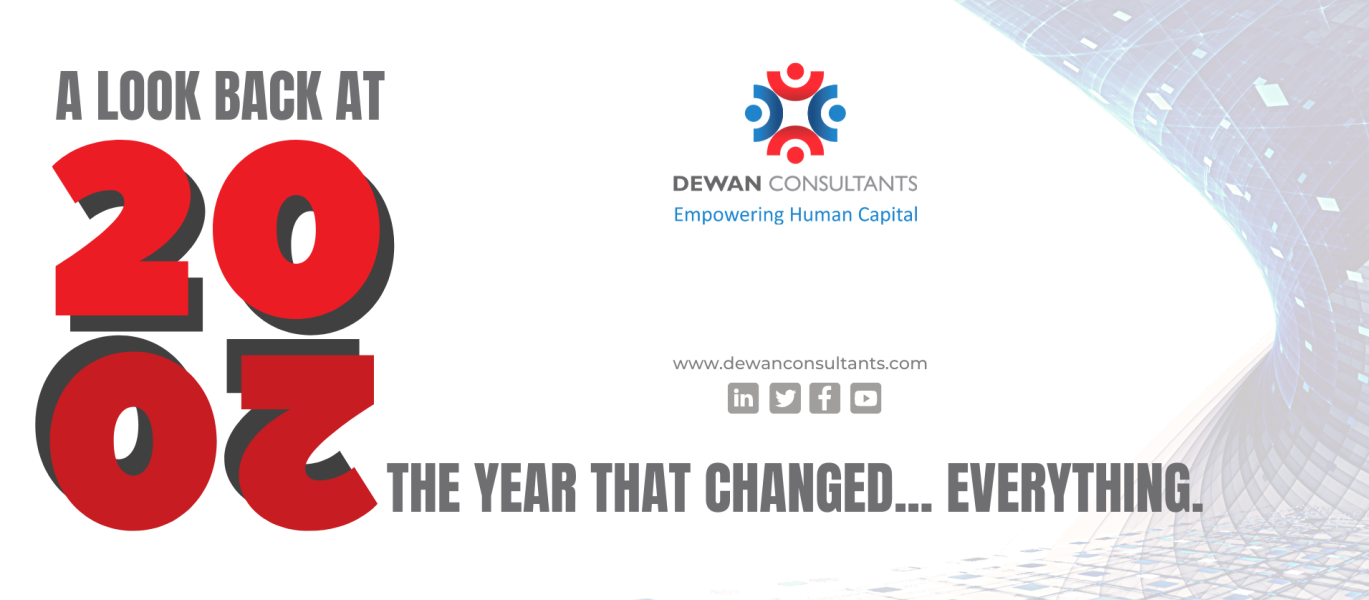 February 15, 2021
February 15, 2021

Some companies that were “ready to roll” when the Covid-19 lockdown was introduced could move their business strategies forward as they’d already invested in the necessary platforms, solutions and skills. As a result, they were able to adapt products and services faster than those who didn’t. However, many hadn’t, and the repercussions were and are, being felt far and wide.
This isn’t to say that it is too late to implement specific changes; take stock and improvise. Moving forward, there is one thing that will greatly attribute to a company’s economic welfare and success, and that is bridging the talent gap within businesses.
As a definition, a talent gap implies the gap between the present skills and competencies and the preferred skills and competencies to reach optimum productivity. Now more than ever, a talent gap analysis helps you fill the gaps in your organizational talent-scape to build a competent, committed, and creative workforce.
For example, conducting a talent or skill gap analysis could help you pinpoint that with the volume of new projects coming in, there will be a shortage in your design team for a mid-senior level UX designer in three months. With that in mind, you can now start your hunt for the right talent. This may be a rather simplistic instance, but then again, at times, we need to connect people with business outcomes in the most simplistic and obvious of ways to drive success.*
The Process of Talent Gap Analysis
The process of talent gap analysis rests on four primary steps. While the tools to execute this process may change from one organization to the other based on the size of the workforce, budget constraints, sector, and even the culture within the company, its fundamental pillars remain the same.
These four steps of the talent gap analysis process are as follows:
Step 1: Plan ahead
Any analysis requires data, planning, and forethought. Organizations work at two levels – the individual level and the organizational level. When it comes to charting the path ahead at the individual level, it helps to get a sense of the skills required to carry out a certain role and to then map the employee’s current skill level to that role. Based on this pre-analysis, the necessary steps can then be taken.
Planning at the organizational level requires you to look at your team of employees as a whole to check what skills and competencies could be upgraded through training and which ones would require recruiting from external sources.
Step 2: Map a skills priority
To understand where the gaps are in your talent tapestry, it is necessary to segregate skills into a hierarchy based on immediacy, applicability, and sustainability. While company values such as agility, flexibility, and creative competency often dictate when and how you need to upgrade your collective skill set to stay relevant, the three points mentioned above act as effective guides.
Skills that score high on immediacy are the ones that you need now or in the very near future. The applicability of a skill or talent can be measured in terms of how easy the transfer of training is from a learning environment to the actual work environment.
The sustainability of skill refers to the potential of the skill to stay relevant in the future. With this priority in place, you now have a map in terms of where to wish to see your organization in specific periods.
Step 3: Plot the current state of skills
Once you know the talent and the levels of skills that you need, how do you see the gaps? By plotting the current state of skills on your vision map. Methods of tracking where the organization stands at present in terms of the skills vision map include assessments and surveys that employees, their managers and human resources consultancies could fill out, in-depth employee interviews and performance reviews.
Step 4: Execute, execute, execute
Any skill or talent gap can be filled in either of two ways – training or recruitment. Once you know where your gaps lie and how big the hiatus is between where you are and where you wish to be, execution is the key.
What do you do with the data? The debate then becomes whether your present employees are at a trainable level to enable the skills vision or whether you need to acquire new talent who already possess the required skill level. Both decisions require investment in terms of energy, time, and finances, but you need to decide based on projected ROIs and your organizational needs.
About Dewan Consultants
At Dewan Consultants, our unique blend of understating needs, talent acquisition and management and commercial understanding of your needs offers a complete people-management and hiring service consultancy. We provide flexibility and access to top-calibre professional HR Advice.
Over the years, we have been recruiting the best talent from across the globe from countries including India, Pakistan, Nepal, Burma, Bangladesh, Sri Lanka, Philippines, Indonesia, Vietnam, Thailand, Jordan, Lebanon, Egypt, Tunisia, Morocco, Ukraine, Kenya, Uganda, South Africa, Lithuania, Romania and the United Kingdom to name a few.
For end-to-end recruitment, we have perfected the art of getting the right fit to the destination country seamlessly.
Presently, we are one of the world’s foremost Human Resource providers. With our in-depth knowledge, insight and expertise in human resources, we are on the path to becoming a name to reckon with.
www.dewanconsultants.com | infodxb@dewanconsultants.com










